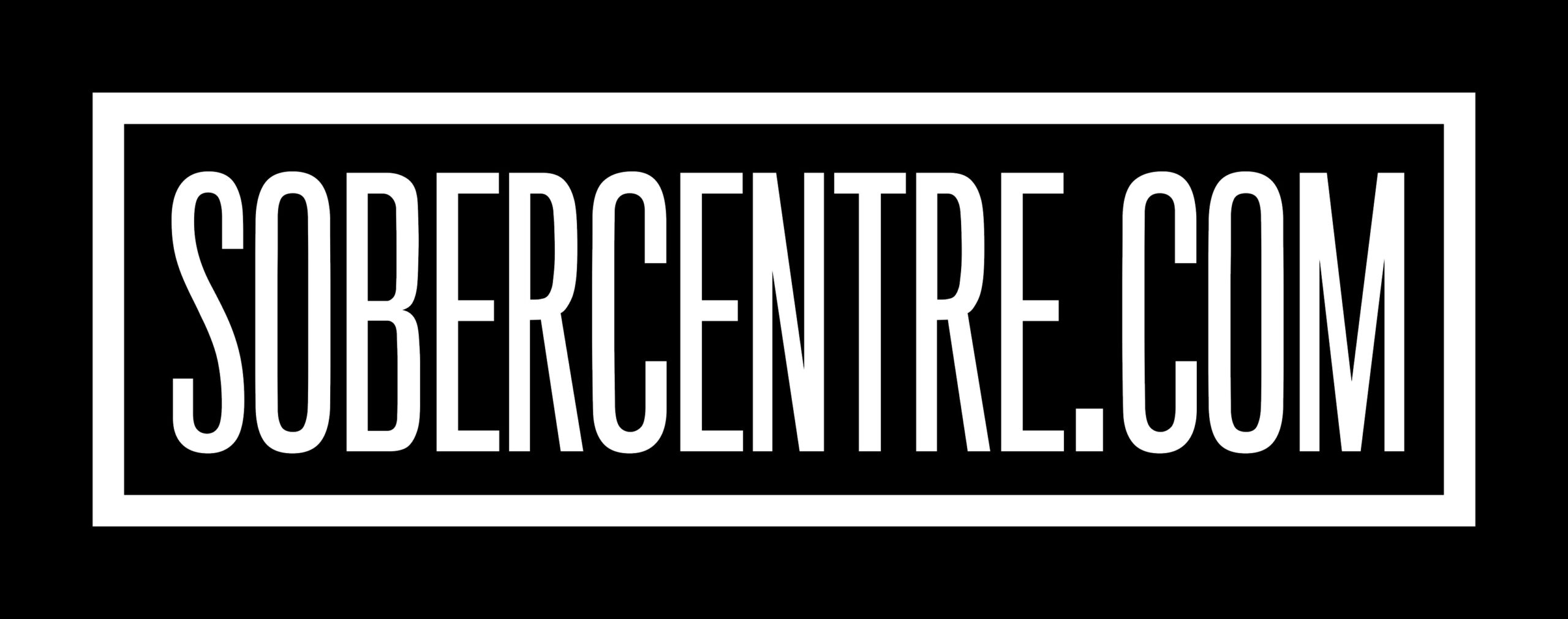Table of Contents
Understanding Opioid Addiction: Causes, Treatment, and Recovery
In recent years, the issue of opioid addiction has gained prominence as a pressing public health concern. The alarming rise in opioid-related deaths and the devastating impact on individuals, families, and communities have sparked discussions about its causes, effects, and potential solutions. This article delves into the complex landscape of opioid addiction, shedding light on its various aspects, from its origins to treatment and recovery.
Understanding Opioid Addiction
Opioids are powerful pain-relieving medications often prescribed for managing severe pain. However, their highly addictive nature has led to an epidemic of misuse. Opioid addiction, also known as opioid use disorder (OUD), is characterized by the compulsive use of opioids despite negative consequences. This condition alters brain chemistry, making quitting a daunting challenge.
Causes of Opioid Addiction
Opioid addiction can stem from multiple factors, including genetic predisposition, environmental influences, and social circumstances. Genetic factors can make certain individuals more susceptible to addiction, while factors such as chronic pain, trauma, and social isolation can contribute to its development.
Signs and Symptoms
Identifying opioid addiction can be challenging, as individuals may go to great lengths to hide their use. Common signs include changes in behaviour, mood swings, increased tolerance, and withdrawal symptoms. Loved ones should look for signs of secrecy, neglecting responsibilities, and a decline in personal hygiene.
- Increasing Tolerance: Individuals may need higher doses of opioids over time to achieve the same pain relief or euphoria, indicating a growing tolerance to the drug.
- Physical Withdrawal: When opioids are not taken, users can experience withdrawal symptoms such as nausea, vomiting, muscle aches, and restlessness.
- Loss of Control: Opioid addiction often involves unsuccessful attempts to cut down or control drug use, despite the desire to do so.
- Neglecting Responsibilities: People struggling with opioid addiction may start neglecting their personal, work, or family responsibilities due to their preoccupation with obtaining and using the drug.
- Social Isolation: Addiction can lead to a decline in social activities and hobbies as individuals prioritize drug use over other aspects of life.
- Compulsive Cravings: Intense cravings for opioids can consume an individual’s thoughts and drive them to prioritize drug use above all else.
- Change in Behaviour: Mood swings, irritability, and erratic behavior can be indicative of opioid addiction, as the drug takes over an individual’s emotional and psychological state.
- Doctor Shopping: Some individuals with opioid addiction might visit multiple doctors or healthcare providers to obtain multiple prescriptions, a behavior known as “doctor shopping.”
The Impact on Health
Opioid addiction takes a toll on both physical and mental health. It can lead to respiratory depression, infectious diseases from needle-sharing, and an increased risk of overdose. Mental health can also deteriorate, with anxiety, depression, and cognitive impairments being common.
Treatment Options
Treating opioid addiction requires a comprehensive approach. Medication-assisted treatment (MAT) using medications like methadone, buprenorphine, or naltrexone can help manage withdrawal symptoms and cravings. Behavioral therapies, counseling, and support groups are crucial components of the recovery journey.
Overcoming Opioid Withdrawal
Withdrawal symptoms can be intense and contribute to relapse. They include nausea, vomiting, muscle pain, anxiety, and insomnia. MAT can ease withdrawal, and medical supervision is recommended to manage the process safely.
Support and Recovery
A robust support system is essential for recovery. Family, friends, and support groups provide encouragement and understanding. Recovery is a gradual process, often involving setbacks, but with dedication and the right resources, it is possible.
Prevention Strategies
Preventing opioid addiction involves education and awareness. Properly managing prescription opioids, using non-opioid alternatives for pain management, and safe storage and disposal of medications are key preventive measures.
Breaking the Stigma
Stigma associated with addiction can hinder individuals from seeking help. Changing societal attitudes through education and empathy is vital for creating an environment where those struggling with addiction feel comfortable seeking treatment.
Opioid Addiction in Adolescents
Adolescents are susceptible to opioid addiction due to peer pressure, curiosity, and emotional struggles. Early intervention, open communication, and promoting healthy coping mechanisms can help prevent addiction in this vulnerable population.
Opioid Addiction and Mental Health
There is often a complex interplay between opioid addiction and mental health disorders. Individuals may use opioids to self-medicate, leading to a dual diagnosis. Integrated treatment addressing both addiction and mental health is essential.
Navigating Relapse
Relapse is a common part of the recovery process. It’s crucial to view relapse as an opportunity to learn and readjust treatment strategies. A relapse prevention plan can help individuals minimize the risk of relapsing.
Opioid addiction is a multifaceted issue that demands a multifaceted approach. By understanding its origins, addressing its impact, and providing comprehensive treatment and support, we can work towards a future where individuals struggling with opioid addiction can find hope, recovery, and renewed lives.
Helpful Resources
National Helpline: The Substance Abuse and Mental Health Services Administration (SAMHSA) provides a confidential helpline that offers information and referrals for treatment. Call 1-800-662-HELP (4357) or visit their website: SAMHSA National Helpline.
Treatment Locator: SAMHSA’s Treatment Locator tool helps you find treatment facilities in your area for substance use and mental health disorders. You can search by location, treatment type, and more: SAMHSA Treatment Locator.
Narcotics Anonymous (NA): NA is a support group for individuals recovering from addiction to narcotics, including opioids. Meetings are held in many communities and provide a safe space for sharing experiences and receiving support: Narcotics Anonymous.
SMART Recovery: SMART Recovery offers science-based self-help groups and resources for people seeking assistance with addictive behaviors, including opioids: SMART Recovery.
Substance Abuse Treatment Centers: Research treatment centers that specialize in opioid addiction and offer various levels of care, including detox, inpatient, outpatient, and medication-assisted treatment (MAT). Examples include Hazelden Betty Ford, Caron Treatment Centers, and more.
Medication-Assisted Treatment (MAT): MAT combines counseling or therapy with medications that help reduce cravings and withdrawal symptoms. Common medications include methadone, buprenorphine, and naltrexone. Consult a medical professional to determine the best approach.
Helpful Books
“Dreamland: The True Tale of America’s Opiate Epidemic” by Sam Quinones This book delves into the history of the opioid epidemic in the United States, exploring how prescription painkillers, heroin, and black tar heroin became widespread and intertwined. It covers the cultural, economic, and social factors that contributed to the crisis.
“Dopesick: Dealers, Doctors, and the Drug Company that Addicted America” by Beth Macy Beth Macy provides a comprehensive look at the opioid epidemic, focusing on the stories of individuals affected by addiction, as well as the roles of pharmaceutical companies, doctors, and law enforcement in the crisis.
“American Fix: Inside the Opioid Addiction Crisis—and How to End It” by Ryan Hampton Ryan Hampton, a recovery advocate and former White House staffer, shares his personal journey through addiction and recovery, while also offering insights into the broader opioid crisis and potential solutions.
“Pain Killer: An Empire of Deceit and the Origin of America’s Opioid Epidemic” by Barry Me










